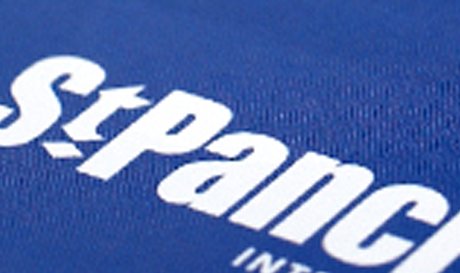If a brand results from a set of associations and perceptions in people’s minds, then branding is the attempt to harness, generate, influence and control these associations to help the business to perform better.
So, why then do companies restructure their brand architecture? There are a number of reasons and they can take many different forms...
New ownership
If a new CEO comes on board perhaps because of a merger or acquisition and needs to redefine the vision of the company and thus uses this to signal a catalyst for change.
In 2008 Norwich Union changed its name to Aviva but maintained is visual identity style for consistency.

IN 2013, ITV rebranded to reflect its myriad channel offer and further cement the relationship in viewers' minds between its shows and the ITV brand that produces and broadcasts them.

Repositioning
If your company has redefined its product or services for an existing or a new marketplace, a rebrand or relaunch can make a lot of noise to better engage existing and new audiences. What better than the ‘new' Old Spice Man sensation that has us ladies quivering tongue-in-cheek and virally sharing the ‘Look at your man, now back at me'. Clever stuff. Incidentally Old Spice didn’t change its logo, it changed the experience and re-entered the modern world.

National to International
If your company is seeking growth in other countries you need to investigate what companies already compete in your arena to avoid costly legal complications or confusion. Additionally, some words have entirely different meanings in a different language. The classic here is Unilever’s ‘Jif' which changed to ‘Cif' because a large percentage of the world can't pronounce the letter ’j'.

Simplify the Message
If people are unsure what your company does, this can be down to your brand message being confusing, conflicting, inconsistent or ineffective. A new brand with a simple message provides consistency to customers and creates better engagement opportunities. Think Apple’s transformation from a computer manufacturer to a media giant. They thought very hard about what would make their customers’ lives easier and developed revolutionary new services around their new iPod and iPhone products – iTunes and the App Store. Apple’s logo has undergone three major redesigns since the original was created in 1976.

Bad Reputation - consider VW’s current crisis
I am personally unsure how they are going to be able to turn around what they have done to customer perception. I think it has gone beyond that. So watch this space. But I have every faith that it will involve some kind of brand or structure update to send a message out to the world that they have addressed their issues and learned from their mistakes and are moving forward.
So whether you want to completely transform your brand or makes some minor tweaks, you need to be very sure you are doing what you are doing for the right strategic reasons.

